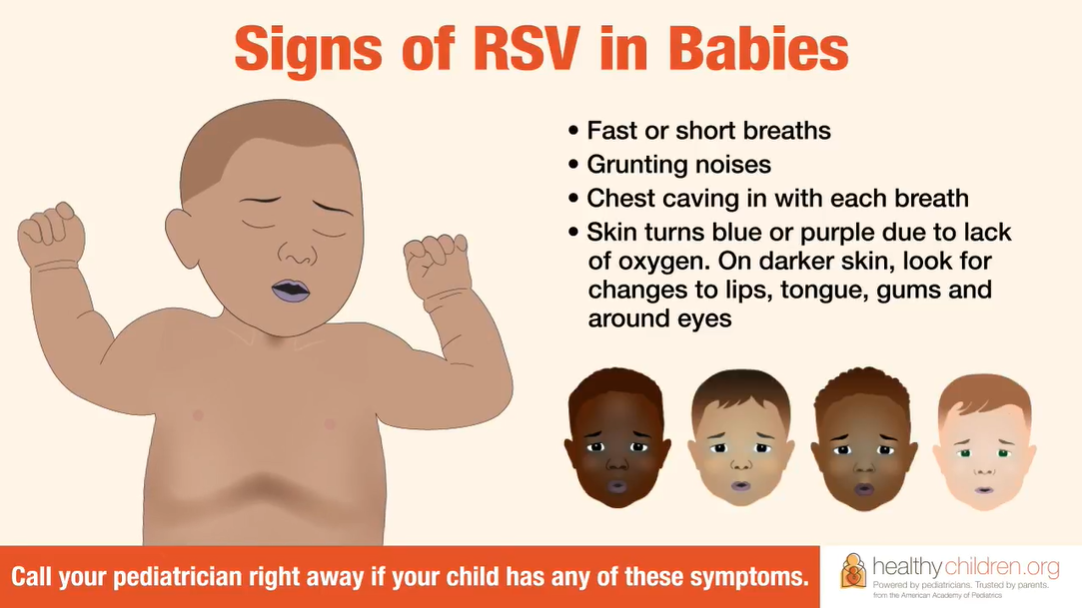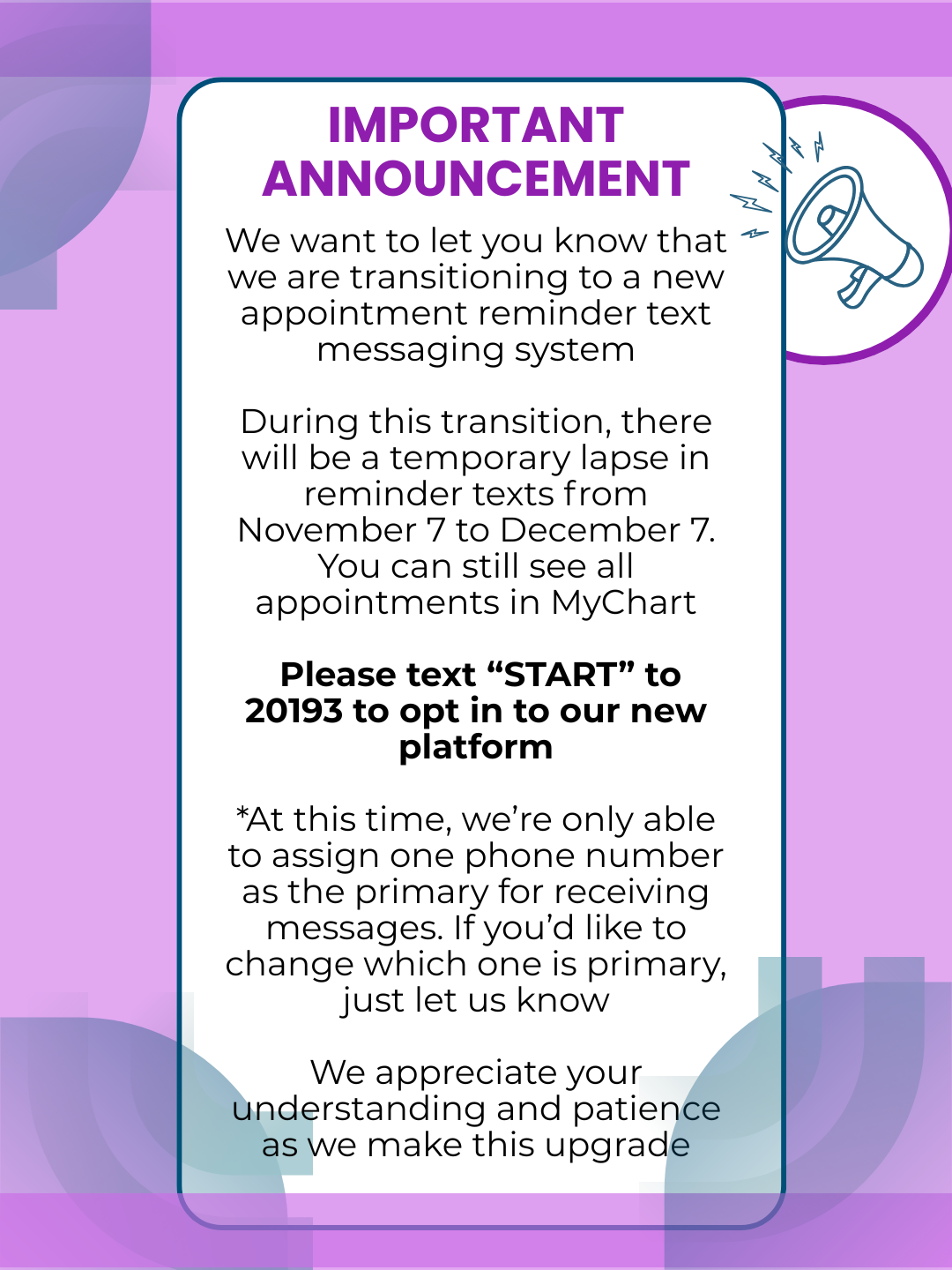



Your Pediatricians in Centennial & Castle Rock, Colorado
Pediatrics 5280 has served the South Denver community for over 50 years. With pediatric offices in Centennial and Castle Rock, and appointments available almost every day of the year, our goal is to provide the best care possible for infants, children, and teenagers living throughout Centennial, Castle Rock, Lone Tree, Parker, Highlands Ranch, and the rest of the south Denver metro region.

Our Providers
At Pediatrics 5280, our skilled pediatricians and team of providers offer comprehensive medical care to infants, children, and adolescents in Castle Rock and Centennial, CO. Click below to find out more about our providers.

What Our Parents Say
We have been coming to Pediatrics 5280 for 15 years, my son's whole life. He is on his 3rd PCP with them and we've always been taken care of very well. Mary Kop, MS, PA-C is wonderful at her job. She takes her time to listen, to be proactive in helping, show empathy, to be kind and professional! We think she's probably one of the best in the conventional western approach wellness industry. Thank you for your time and intentional care Mary!
Brooke A
I have seen Dr.Dacey since I was six; I am 22 now and finally about to leave the Pediatrics. I cannot express how much I love Dr.Dacey. She is the most kind person I have ever met. I was lucky enough to have her as my doctor for about 18 years now through all the sickness, concussions, and checkups. She is the best; I can't stress that enough. The entire practice is full of caring people. I would go see Dr. Dacey for the rest of my life if I could. If you're looking for a pediatrics to take your child, look no further. And to 5280: I am beyond grateful for all of you who took great care of me.
Alex R
We have felt extremely blessed to have our children go here! We love Dr. Traver, he has seen all three of our children since birth. He is kind, compassionate, and genuinely cares about his patients. I still remember when I had a vaccine question with my first baby and he personally looked into the information and called me to answer my question - I was so impressed by the care and time he took to do that. The office staff and nurses are also all very friendly and professional. So grateful we found this place for our children!
Brittany P
Dr. Dacey is an exceptional doctor. She goes the extra mile to take care of and love my children. I am so grateful to have found her!
Jessica P
Dr Traver is incredible in every way!! His bedside manner, medical knowledge and compassion are so good. We are lucky to have him in Castle Rock.
Ryan S

LATEST PRACTICE NEWS

By Stacy Parra
•
September 30, 2025
We will be offering the Beyfortus (RSV) injection in our office again this season. Beyfortus is a preventative antibody that helps protect babies against serious RSV-related lung infections. We can administer this treatment to any baby that meets the following criteria: -Under 8 months of age (cannot be 8 months and 0 days). -Has not previously received the RSV injection. -Mother did not receive the adult RSV vaccine while pregnant OR mother received the adult RSV vaccine less than 14 days before delivery. If your infant is eligible and you would like them to receive this treatment, please call our office to schedule at 303-779-5437 ext 3 and then option 1 . *We are only offering appointments on Mondays and Thursdays in both our Centennial and Castle Rock locations. All our clinicians recommend this RSV prevention for eligible babies. Beyfortus CAN be given at a well visit, so if your baby has an upcoming wellness visit, it can be discussed and given at the time of the visit. We will not be able to add on sibling/ parent flu or COVID vaccines during a Beyfortus visit. Thanks, Pediatrics 5280




